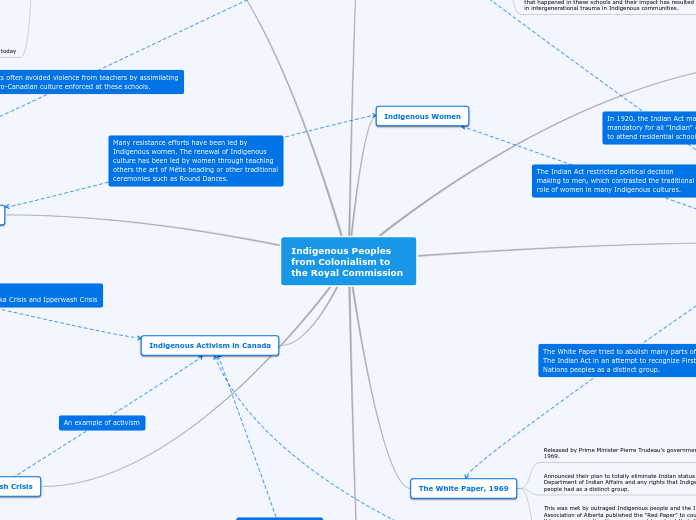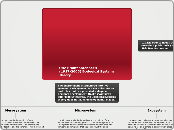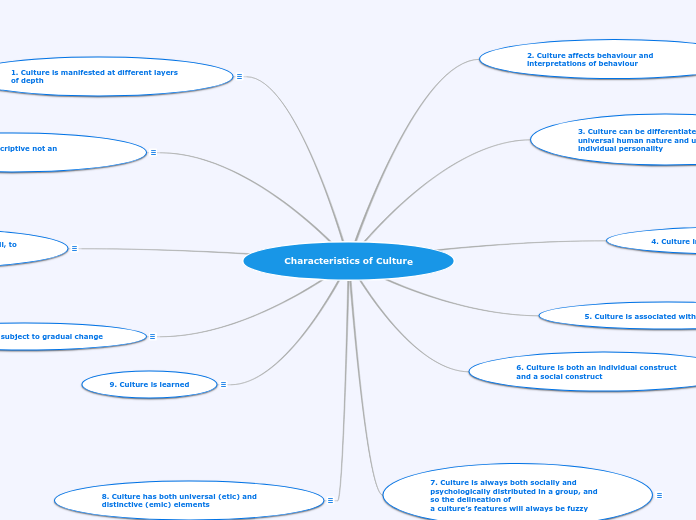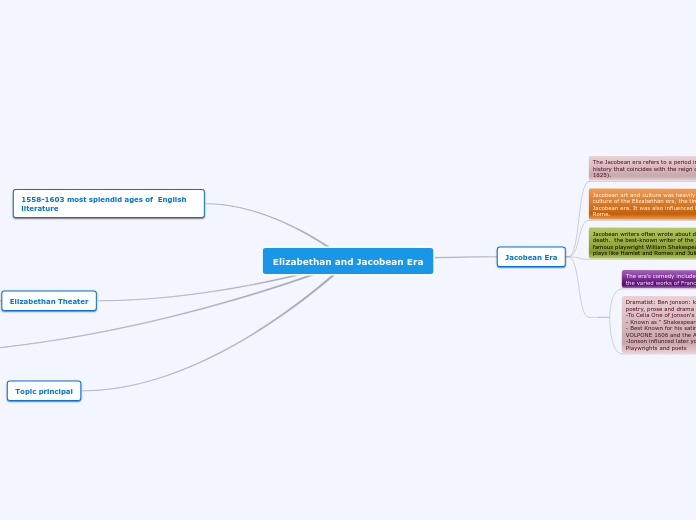Indigenous Peoples from Colonialism to the Royal Commission
Oka Crisis
After the surrender, development of the land was cancelled, the federal government bought the land but still has not returned the land to the people of Kanasatake reserve.
The protest included blockades being built both by protestors and the SQ and escalated to violence when the SQ attacked a barricades, resulting in the shooting of Corporal Marcel Lemay. The RCMP and armed forces were called in by mid-August to end the protest through increased military presence and negotiations. While the surrender of the Mohawk protestors was supposed to be civil, there was confusion that resulted in the death of a 14 year old girl named Waneek Horn-Miller who was stabbed by a soldier.
Land claims by the Mohawk of Kanesatake reserve dated back as far as the 18th century and had always been ignored by the government. In 1661,a 9-hole golf course built on Mohawk burial grounds despite protests. The Oka Crisis was sparked by the 1989 announcement that the golf course would be expanded and 60 condo buildings would built.
78 day standoff between Mohawk protestors, police (Sûreté du Québec) and military (July 11-Sept 26, 1990).
Ipperwash Crisis
The shooting of Dudley George and the Ipperwash Crisis was inquired upon in 2003-2006. The land that was being disputed was given to the reserves that fought for their land claims and many other recommendations were made. They recognized the importance of learning the history and cultural reason behind Indigenous occupations and protests in order to avoid violent ends to such events in the future.
While this occupation was peaceful, tensions were raised by increased police presence, miscommunication and political pressure to resolve the issue as fast as possible. In a violent commotion, Anthony "Dudley" George was shot and killed by an officer.
Anthony "Dudley" George
As early as 1928, the Indigenous peoples of Stony Point First Nation were forced to give up their land. By 1942, they were forced to relocate and their houses were bulldozed so the government could build a military camp. Despite promises that the relocation would only be temporary, the government never followed through. Decades of disregard for the people of Stony Point First Nation came to a head in 1993 with a peaceful occupation of Camp Ipperwash by local Indigenous peoples who wanted protection of sacred burial grounds and their land. By 1995, protestors moved into Ipperwash Provincial Park to make the government take notice.
The Ipperwash Crisis occurred in 1995 over land claims by Stoney Point First Nation for land surrounding Ipperwash Provincial Park.
Stoney Point
Indigenous Activism in Canada
Strategies of Resistance
3 strategies of resistance:
3) Violence against the oppressor.
2) Assimilation: group members accept the dominant society's value system and culture (usually in order to avoid violence or judgement).
1) Multiculturalism: reject the dominant culture and retreat into their traditional culture and its values and norms.
Colonialism
Colonialism today
Negotiation and Renewal
Formal recognition of the wrongful impact that assimilation and displacement had on Indigenous peoples through documents like the Royal Commission on Aboriginal Peoples has allowed for more Indigenous self-governance and self-determinism in Canada today.
Colonialism has led to higher rates of poverty, substance abuse, poor physical and mental health, and lower levels of education in Indigenous communities to this day.
Displacement and Assimilation
Political Displacement: They were forced to give up their self-governance and their governance was run completely by the colonial forces.
Social and Cultural Displacement: Residential schools, laws banning Sundances and other traditional ceremonies.
Physical displacement: Settlers forced them off of their traditional territories and onto reserves that were chosen by colonial authorities.
Treaties
In many cases, treaties were negotiations between Indigenous peoples and European settlers that resulted in Indigenous peoples giving up their land for benefits such as reserve lands in a different location, hunting rights, or ammunition. These treaties, however, were rarely favourable for Indigenous communities, and as a result, many lost access to traditional lands that they relied on for food.
Initial Contact
Indigenous populations were affected by the diseases that settlers brought with them from European colonial powers. The population of Indigenous people was impacted by disease (particularly smallpox) but also by the people they interacted with who did not always treat them with respect.
Ethnocentrism, the belief that one's own culture
is superior to another, led to the creation of legislation
by the Canadian government that limited self-governance
and self-determination of Indigenous peoples.
The White Paper, 1969
This was met by outraged Indigenous people and the Indian Association of Alberta published the "Red Paper" to counteract this paper, prompting the government to retract their White Paper.
The Red Paper
Announced their plan to totally eliminate Indian status and the Department of Indian Affairs and any rights that Indigenous people had as a distinct group.
Released by Prime Minister Pierre Trudeau's government in 1969.
The Indian Act, 1876
There have been many changes to this document, for example, the removal of Section 112 "compulsory enfranchisement", over the years but it still remains oppressive in nature today.
Legislation through which the Canadian government determines status and lists their legal obligations to First Nations peoples. Historically, this legal document was used to eradicate First Nations identity by controlling all politics, governance, education and cultural practices and forced assimilation into Euro-Canadian culture. Some of the laws under this Act were particularly discriminatory against First Nations women.
Applies to First Nations people, not to Inuit and Métis people.
Indigenous Women
Royal Commission on Aboriginal Peoples
They visited 96 First Nation communities and had 178 days of public hearings before creating a 4,000 page document outlining 400 calls to action on how to improve all aspects of life (for example: housing, healthcare and education) for Indigenous peoples in Canada.
final report released in 1996
The Indian Residential Schools
In 1920, was made compulsory for all FNMI children to go to these schools and they lived away from their families and their culture for years while attending. They were not allowed to speak their native language, practice their culture or own religion and in many cases, their traditional name was replaced by a Euro-Canadian name or a number. There have been many reports of physical, emotional and sexual abuse that happened in these schools and their impact has resulted in intergenerational trauma in Indigenous communities.
Residential schools impacted 150,000 FNMI children from the 19th century to when the last school closed in 1996. Of these students, over 6000 children died as a result of the horrible conditions they were forced to live in at these schools.
Schools that were run and sponsored by the Canadian government and churches that worked to assimilate Indigenous children into Euro-Canadian society.









